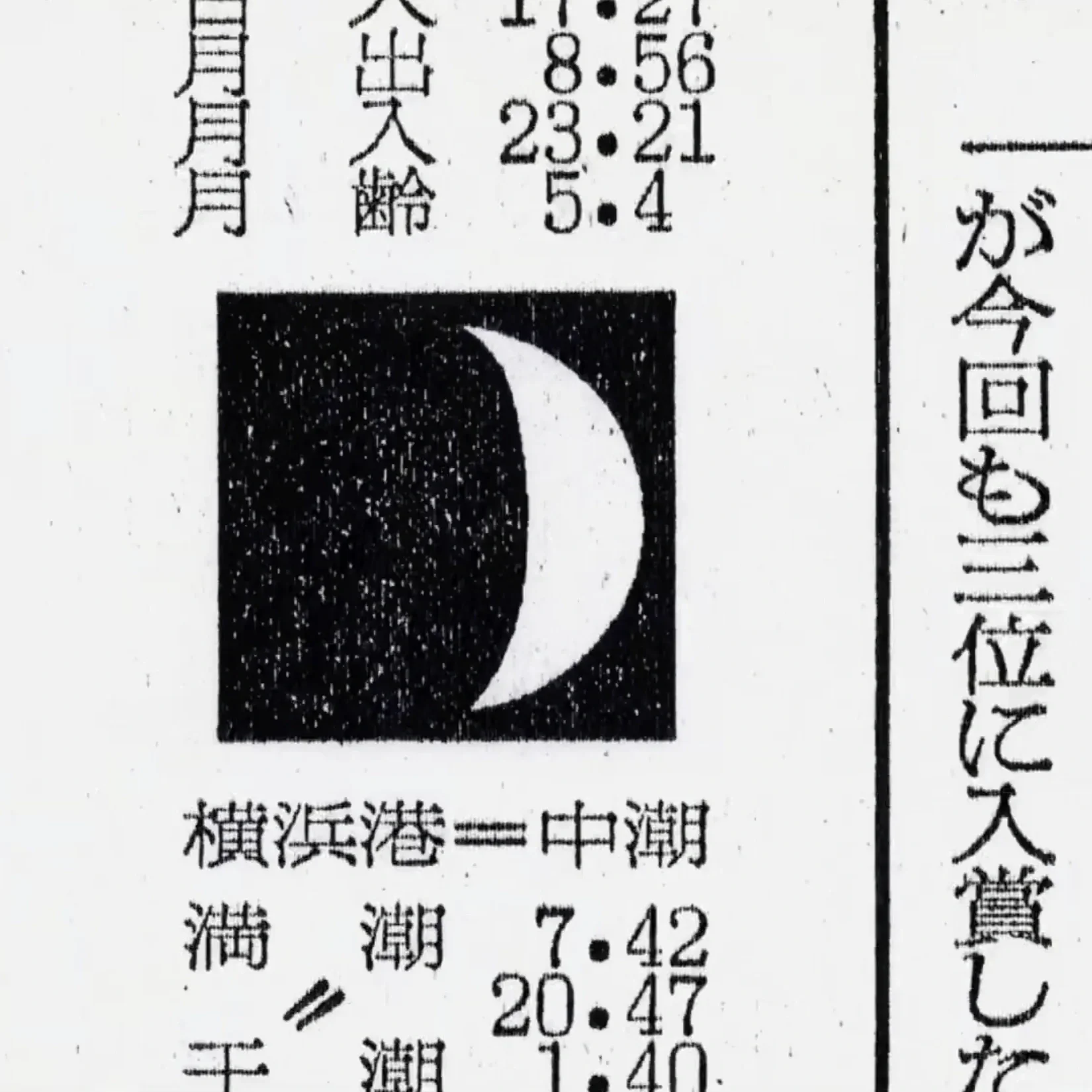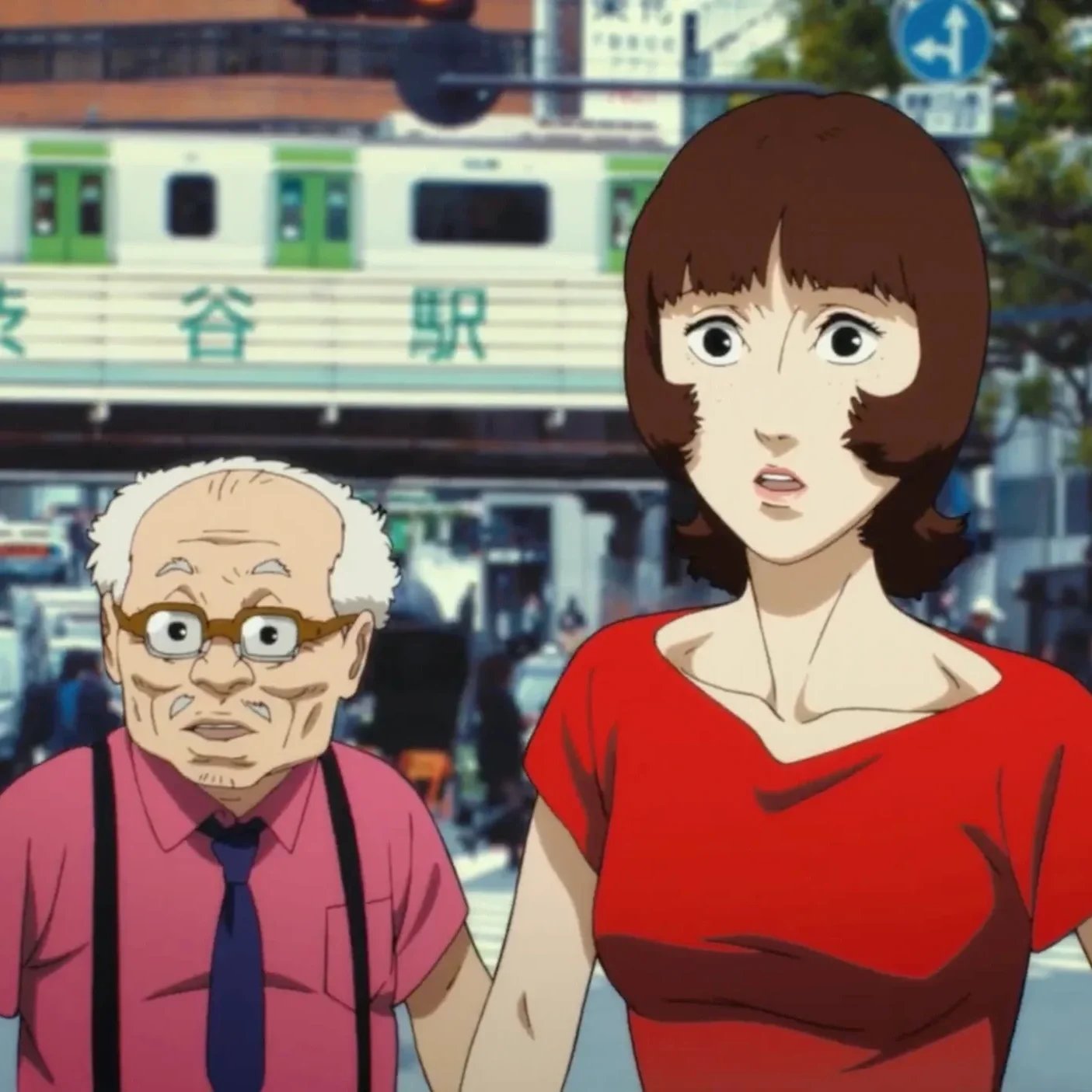The Complete Guide to Hideo Kojima’s Games
Metal Gear Solid│© Konami
Updated on Dec 10, 2024
Hideo Kojima is a world crafter, an experience shaper, a storyteller who bends genres into experiences that linger long after the credits roll. Over his decades-long career, Kojima has been celebrated (and sometimes criticized) for his fearless approach to game design—unapologetically blending cinematic storytelling with gameplay innovation. But where did this journey start, and how did he become the architect of modern gaming narratives? Let’s dive into the defining titles of Kojima’s career, unraveling the layers that make his work iconic.
1986 – Penguin Adventure
Before Metal Gear, before cinematic cutscenes, Kojima was an assistant designer on Penguin Adventure. On the surface, it’s a simple story: a penguin named Penta embarks on a quest to save a princess with a golden apple. But dig a little deeper, and you’ll find early hints of Kojima’s experimental streak. Branching paths? RPG-like mechanics? For 1986, this was groundbreaking.
Platform - MSX
Genre - Action-adventure
Key Features - Multiple endings, power-ups, RPG elements
Penguin Adventure│© Konami
1987 – Metal Gear
With Metal Gear, the first major project where he served as a director, designer, and writer, Kojima flipped the script on what action games could be. Instead of rushing in guns blazing, players were encouraged to think, hide, and outwit their enemies. Released on the MSX2 Metal Gear laid the foundation for Kojima’s career and set the stage for his future titles.
Platform - MSX2, later ported to NES
Genre - Stealth action
Key Features - Tactical espionage, non-linear gameplay, intricate storyline
Metal Gear│© Konami
1988 – Snatcher
Released in the late ’80s, Snatcher oozes influences from Blade Runner and Akira—a neon-soaked detective story where humanity blurs with machines. The game focuses on Gillian Seed, a detective tasked with hunting down “Snatchers,” humanoid robots posing as humans. Kojima’s first foray into the cyberpunk genre, regarded as a cult classic and a milestone in narrative-driven gaming.
Platform - PC-8801, MSX2, later on Sega CD and others
Genre - Graphic adventure, visual novel
Key Features - Strong storytelling, futuristic setting, interactive gameplay
Snatcher│© Konami
1990 – Metal Gear 2: Solid Snake
If Metal Gear introduced the idea of stealth gaming, Metal Gear 2: Solid Snake turned it into a science. Released exclusively in Japan for the MSX2, this sequel was a leap forwards. Guards no longer acted like predictable obstacles; they followed footprints, reacted to sounds, and actively hunted you. Metal Gear 2 was the beginning of Kojima’s sprawling commentary on war, loyalty, and human nature. In hindsight, it’s easy to see how this game laid the foundation for Metal Gear Solid and beyond.
Platform - MSX2
Genre - Stealth action
Key Features - Enhanced AI, improved graphics, expanded narrative
Metal Gear Solid 2│© Konami
1994 – Policenauts
Another narrative-rich game from Kojima, Policenauts is a hard sci-fi graphic adventure set in space. Blending noir sensibilities with sci-fi ambition, the game explores humanity’s fraught relationship with technology and justice. It’s as much about its flawed heroes as the dystopian future they navigate—a story both timeless and ahead of its time.
Platform - PC-9821, PlayStation, Sega Saturn
Genre - Graphic adventure
Key Features - Sci-fi setting, interactive narrative, film noir influences
Policenauts│© Konami
1998 – Metal Gear Solid
When Metal Gear Solid hit the PlayStation as Kojima’s first foray into 3D gaming, it changed the game entirely. With fully voiced characters, cutscenes, and gameplay that rewarded thinking over shooting, it pulled you into a world that felt alive. Shadow Moses Island wasn’t just the stage for espionage, nuclear politics, and unforgettable boss fights. From sneaking through air ducts to Psycho Mantis reading your memory card, Kojima blurred the line between player and protagonist.
Platform - PlayStation
Genre - Stealth action
Key Features - Full 3D graphics, cinematic cutscenes, deep narrative
Metal Gear Solid│© Konami
2001 – Metal Gear Solid 2: Sons of Liberty
Fans came for Solid Snake but stayed for the audacity. As Metal Gear SOlid 2: Sons of Liberty was released, Kojima shocked the world by introducing Raiden, flipping the narrative to explore themes of control, identity, and misinformation in a digital world. Beneath the controversy was a masterpiece that questioned the very nature of gaming itself.
Platform - PlayStation 2
Genre - Stealth action
Key Features - Advanced AI, protagonist switch, philosophical narrative
Metal Gear Solid 2│© Konami
2003 – Boktai: The Sun is in Your Hand
With Boktai: The Sun is in Your Hand, Kojima transformed handheld gaming into an experience that extended beyond the screen. Released for the Game Boy Advance, the game featured a solar sensor embedded in the cartridge, requiring players to step outside and harness actual sunlight to charge their in-game weapon, the Gun Del Sol. Vampires couldn’t be defeated in the dark, and puzzles demanded the perfect balance of strategy, timing, and daylight.
Platform - Game Boy Advance
Genre - Action RPG
Key Features - Sunlight sensor, puzzle-solving, innovative gameplay
Boktai│© Konami
2004 – Metal Gear Solid 3: Snake Eater
Kojima flipped the script with Metal Gear Solid 3: Snake Eater, trading the futuristic tech and urban settings of its predecessors for the untamed wilderness of the Soviet jungle. Set during the Cold War, this prequel tells the origin story of Big Boss—then known as Naked Snake—as he embarks on a mission filled with betrayal, loyalty, and survival.
Platform - PlayStation 2
Genre - Stealth action
Key Features - Survival mechanics, jungle setting, rich storytelling
Metal Gear Solid 3: Snake Eater│© Konami
2008 – Metal Gear Solid 4: Guns of the Patriots
Serving as the conclusion to Solid Snake’s story, Metal Gear Solid 4: Guns of the Patriots was a technical marvel on the PlayStation 3. It introduced OctoCamo, which dynamically changed Snake’s camouflage, and the Psyche meter, which affected gameplay based on stress. With its detailed graphics and emotional depth, the game was a fitting end to Snake’s saga.
Platform - PlayStation 3
Genre - Stealth action
Key Features - OctoCamo, Psyche meter, cinematic storytelling
Metal Gear Solid 4: Guns of the Patriots│© Konami
2010 – Metal Gear Solid: Peace Walker
Metal Gear Solid: Peace Walker brought the franchise to the PlayStation Portable (PSP) and continued the story of Big Boss as he forged Militaires Sans Frontière. Peace Walker introduced a robust co-op mode where players could tackle missions together, combining stealth and strategy.
Platform - PSP, later on PS3 and Xbox 360
Genre - Stealth action
Key Features - Cooperative play, base-building, engaging story
Metal Gear Solid: Peace Walker│© Konami
2014 – Metal Gear Solid V: Ground Zeroes
As a prequel to The Phantom Pain, Ground Zeroes provided a glimpse of what was to come. Despite its short length, the game showcased the open-world design and complex systems that would define its successor. It was praised for its graphics and gameplay but criticized for its brevity.
Platform - PlayStation 3, PlayStation 4, Xbox 360, Xbox One, PC
Genre - Stealth action
Key Features - Open-world exploration, advanced graphics, tactical gameplay
Metal Gear Solid V: Ground Zeroes│© Konami
2014 – Silent Hill P.T.
P.T. was a unique teaser for the now-canceled Silent Hills, a collaboration between Kojima and filmmaker Guillermo del Toro. The game was a psychological horror experience praised for its atmosphere and innovative gameplay mechanics. Despite its removal from the PlayStation Store, P.T. remains a significant example of Kojima’s ability to create immersive horror experiences.
Platform - PlayStation 4
Genre - Psychological horror
Key Features - Intense atmosphere, innovative mechanics, horror elements
Silent Hill P.T.│© Konami
2015 – Metal Gear Solid V: The Phantom Pain
The culmination of Kojima’s work with the Metal Gear series, The Phantom Pain introduced an open-world environment with control over the chaos of war and countless tactical options. This wasn’t stealth as you knew it. The open-world design turned every mission into a puzzle with infinite solutions. Whether infiltrating a Soviet base at dawn or extracting soldiers in the dead of night, the choice was yours. The Fulton recovery system, which let you recruit enemies, animals, and even vehicles to your cause, made you the architect of your army and the silent force behind the rise of Mother Base.
Platform - PlayStation 3, PlayStation 4, Xbox 360, Xbox One, PC
Genre - Stealth action, open-world
Key Features - Open-world design, complex systems, player freedom
Metal Gear Solid V: The Phantom Pain│© Konami
2019 – Death Stranding
After leaving Konami, Kojima formed Kojima Productions and released Death Stranding, a game that turned delivery into destiny. With a focus on connection and cooperation, players navigate a post-apocalyptic world delivering supplies to isolated communities. With its “strand” gameplay—an asynchronous network of shared resources—Kojima crafted a meditation on isolation, resilience, and the invisible ties that unite us all.
Platform - PlayStation 4, PC, later on PlayStation 5
Genre - Action, exploration
Key Features - Strand gameplay, star-studded cast, thematic depth
Death Stranding│© Kojima Productions
Death Stranding 2 (Coming 2025)
Kojima has confirmed that a sequel to Death Stranding is in development. While details remain scarce, fans anticipate further exploration of the “strand” mechanics and continuation of the narrative that sold over 5 million copies.
Death Stranding 2│© Kojima Productions
Overdose (TBA)
Hideo Kojima’s next project, titled Overdose, is shrouded in mystery but is rumored to be a horror game. With Kojima’s history of pushing boundaries, expectations are high for another innovative experience that could redefine the genre.
Overdose│© Kojima Productions

























How Hideo Kojima redefined gaming with innovative storytelling and cinematic gameplay.